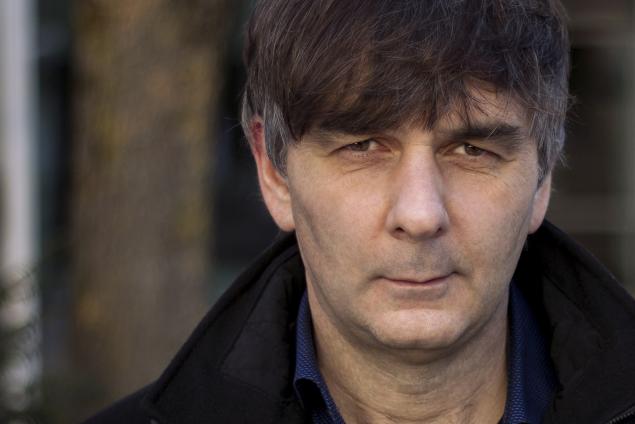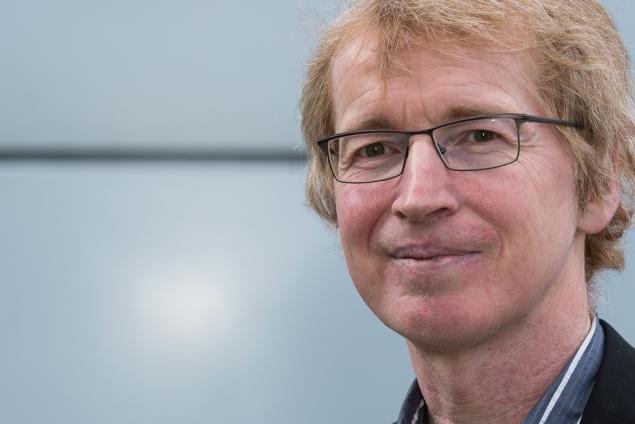Scroll to Section:
What are the building blocks of our universe that everything is made of? In this video, ASTRID EICHHORN explains how her work seeks to reveal the fundamental microscopic structure of space-time. While recent pioneering experiments have confirmed aspects of Einstein’s General Theory of Relativity, this work seeks to overcome the limitations of current observational technology through theoretical investigations of the relationships between quantum space-time, quantum gravity and matter. With undoubted implications for our understanding of Dark Matter and the Standard Model of particle physics, the real-world applications of this kind of foundational research can have profound effects on all of our lives.
DOI:
https://doi.org/10.21036/LTPUB10642
Institution

Heidelberg University (Ruprecht-Karls-Universität Heidelberg)
"Heidelberg University, founded in 1386, is Germany’s oldest university and one of the strongest research universities in all of Europe. The successes in both rounds of the Excellence Initiative and in internationally recognised rankings prove that Heidelberg’s excellent reputation and leading role in the scientific community are well deserved. In terms of educating students and promoting promising early-career academics, Heidelberg relies on research-based teaching and an outstanding, well-structured training for doctoral candidates. Heidelberg University is a comprehensive university, offering the full spectrum of disciplines in the humanities, law and the social sciences alongside the natural and life sciences, including medicine. As a comprehensive university, Heidelberg aims to continue to strengthen the individual disciplines and to further interdisciplinary cooperation, as well as to carry research results over into society and industry. With its aspiration of connecting traditional values with future-oriented scientific concepts in research and teaching, the university is building bridges to the future – Zukunft. Seit 1386." ( Source )
Show more
Original publication
Mass Difference for Charged Quarks from Quantum Gravity
arXiv
Published in 2018
Quantum Gravity Fluctuations Flatten the Planck-Scale Higgs Potential
Physical Review D
Published in 2018
Quantum-Gravity Predictions for the Fine-Structure Constant
Physics Letters B
Published in 2018
Upper Bound on the Abelian Gauge Coupling from Asymptotic Safety
Journal of High Energy Physics
Published in 2018
Top Mass from Asymptotic Safety
Physics Letters B
Published in 2018
Matter Matters in Asymptotically Safe Quantum Gravity
Physical Review D
Published in 2014
Beyond
A Ground-breaking Scientific Revolution
An Alarming Challenge for Society
If I Had a Second Life
A Personal Reading Recommendation



